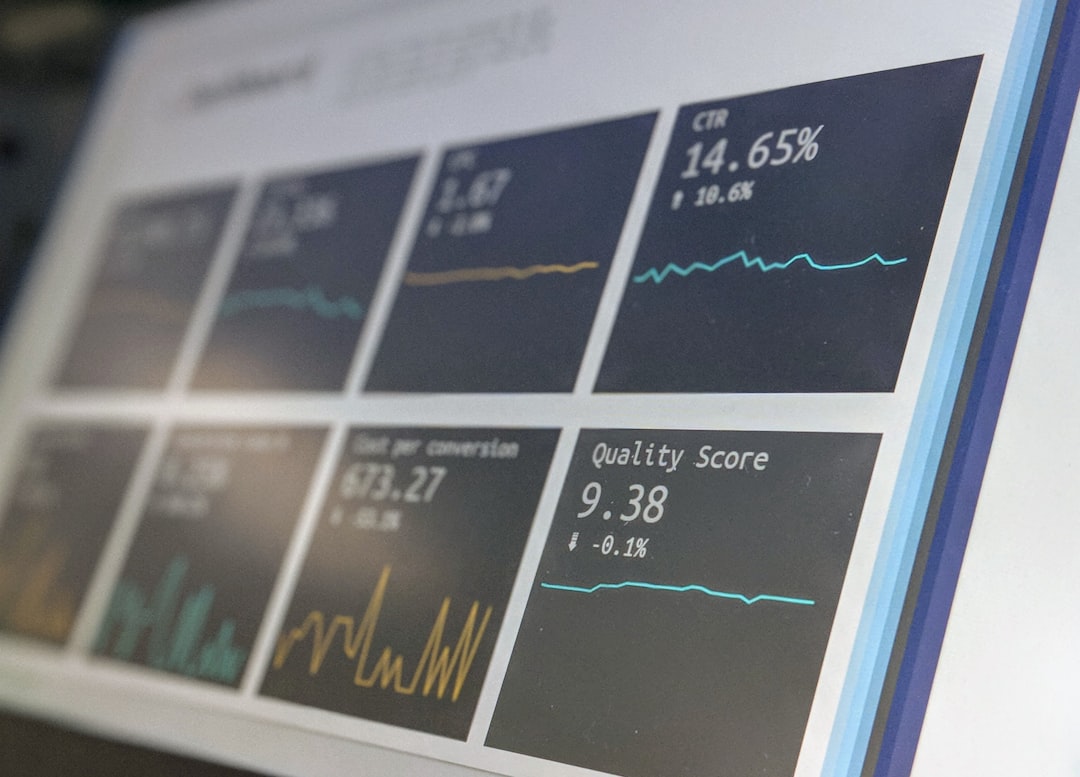
Understanding GDP: Significance and Implications
# Introduction. Gross Domestic Product, commonly referred to as GDP, is a crucial economic measure that represents the total monetary value of all goods and services produced within a nation's borders over a specific period, typically annually or quarterly. It serves as a comprehensive indicator of a country’s economic health, influencing policy decisions, investments, and public perceptions regarding the economy. In this blog post, we will dive into the fundamentals of GDP, explore its various components, discuss why it matters, and analyze some of its limitations as an economic metric. # What is GDP?. GDP is calculated using three primary approaches: the production approach, the expenditure approach, and the income approach. The production approach focuses on the output of various economic sectors, aggregating the value of goods and services produced. The expenditure approach, which is the most commonly used, sums all expenditures or spending made by consumers, businesses, government, and net exports. Lastly, the income approach totals all incomes earned in the production of goods and services, including wages, profits, rents, and taxes. Understanding GDP can be further simplified into its four main components: consumption, investment, government spending, and net exports (exports minus imports). Consumption is the largest component, often accounting for over two-thirds of GDP in most economies. Investment includes business investments in equipment and structures, further driving economic growth. Government spending represents expenditures on public services and infrastructure, while net exports reflect the trade balance. Each of these components plays a vital role in influencing the GDP figure. # The Importance of GDP in Economic Analysis. GDP is often deemed the most reliable measure of economic performance for several reasons. First, it provides a clear and concise snapshot of how well an economy is functioning. A rising GDP indicates economic expansion, which generally leads to job creation and improved living standards. Conversely, a declining GDP can signal economic contraction, potentially resulting in layoffs and reduced consumer spending. Second, GDP serves as a key metric for policy makers. Governments and central banks rely on GDP data to make informed decisions related to monetary policy, taxation, and public expenditure. For example, during times of economic downturn when GDP is decreasing, policymakers might introduce stimulus measures, such as lowering interest rates or increasing government spending, to encourage growth. Consequently, GDP trends can directly shape economic policies that affect businesses and individuals. # GDP and Its Impact on Investments and Markets. For investors, GDP is a critical indicator that can influence market trends and investment strategies. A growing GDP typically suggests a thriving economy, which can lead to higher corporate profits, increased consumer spending, and ultimately stronger stock market performance. Conversely, when GDP contracts, it may lead to lower share prices and necessitate a reassessment of investment portfolios. Moreover, GDP growth rates can affect currency valuation, as strong economic growth tends to bolster confidence in a country's currency. Investors and traders closely monitor GDP releases to gauge potential shifts in monetary policy, influencing exchange rates and global financial markets. # Limitations of GDP as an Economic Indicator. While GDP is an important economic measure, it is essential to recognize its limitations. GDP only provides a quantitative assessment and does not account for qualitative factors such as income distribution, environmental degradation, and overall well-being. For instance, an economy may experience high GDP growth due to industries that deplete natural resources, creating short-term wealth at the expense of long-term sustainability. Additionally, GDP does not encompass the informal economy, which can be significant in developing countries. Many transactions that fall outside formal economic channels are not captured in GDP calculations, potentially leading to an underestimation of economic activity. Furthermore, GDP fails to measure the quality of life, meaning that rising GDP figures do not necessarily correlate with enhanced happiness or societal welfare. # Conclusion. In conclusion, Gross Domestic Product (GDP) serves as a vital economic indicator that helps analyze a country's overall health and performance. Understanding its composition and significance is crucial for policymakers, investors, and the general public as it influences economic decision-making, financial markets, and government policies. However, it is equally important to consider its limitations and recognize that GDP is just one aspect of a more complex economic reality. As the world evolves, supplementing GDP with additional measures that encompass quality of life and sustainability is crucial for creating a more comprehensive economic narrative. .







